PPT-Raising the Level of Close Reading, Writing About Reading,
Author : alida-meadow | Published Date : 2016-11-15
Presented by Mary Ehrenworth teach kids to see the text so the text can release the secrets Standards Standard 1 say back what the text says and suggests Standard
Presentation Embed Code
Download Presentation
Download Presentation The PPT/PDF document "Raising the Level of Close Reading, Writ..." is the property of its rightful owner. Permission is granted to download and print the materials on this website for personal, non-commercial use only, and to display it on your personal computer provided you do not modify the materials and that you retain all copyright notices contained in the materials. By downloading content from our website, you accept the terms of this agreement.
Raising the Level of Close Reading, Writing About Reading,: Transcript
Download Rules Of Document
"Raising the Level of Close Reading, Writing About Reading,"The content belongs to its owner. You may download and print it for personal use, without modification, and keep all copyright notices. By downloading, you agree to these terms.
Related Documents

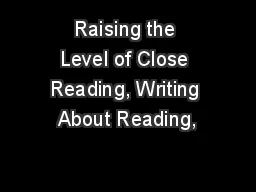

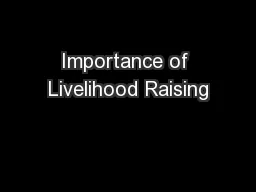
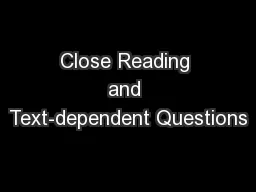
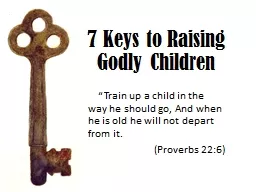
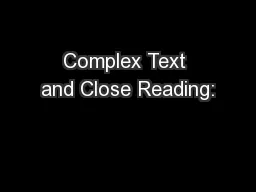

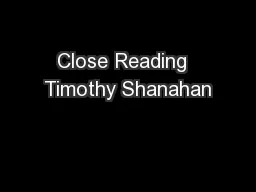


![[DOWNLOAD] - 180 Days of Writing for Kindergarten - An Easy-to-Use Kindergarten Writing](https://thumbs.docslides.com/901444/download-180-days-of-writing-for-kindergarten-an-easy-to-use-kindergarten-writing-workbook-to-practice-and-improve-writing-skills.jpg)
![[EBOOK] - 180 Days of Writing for First Grade - An Easy-to-Use First Grade Writing Workbook](https://thumbs.docslides.com/901798/ebook-180-days-of-writing-for-first-grade-an-easy-to-use-first-grade-writing-workbook-to-practice-and-improve-writing-skills.jpg)

